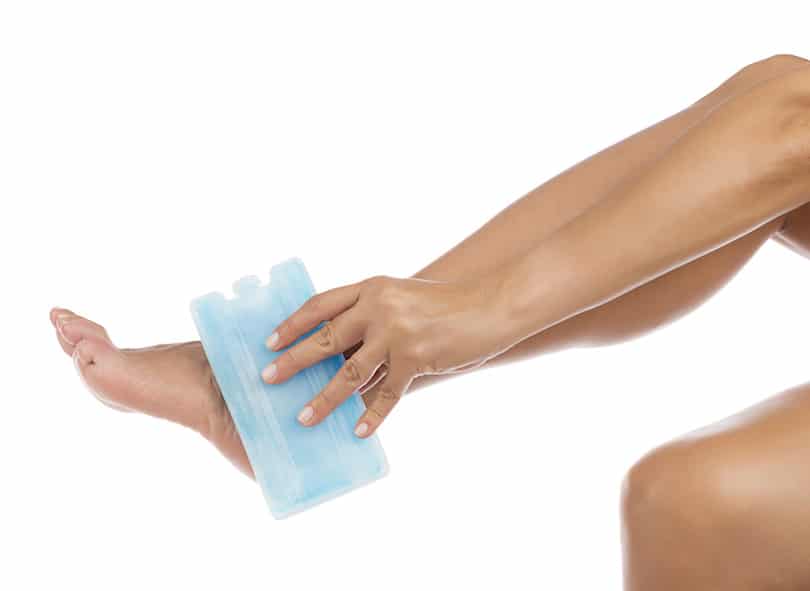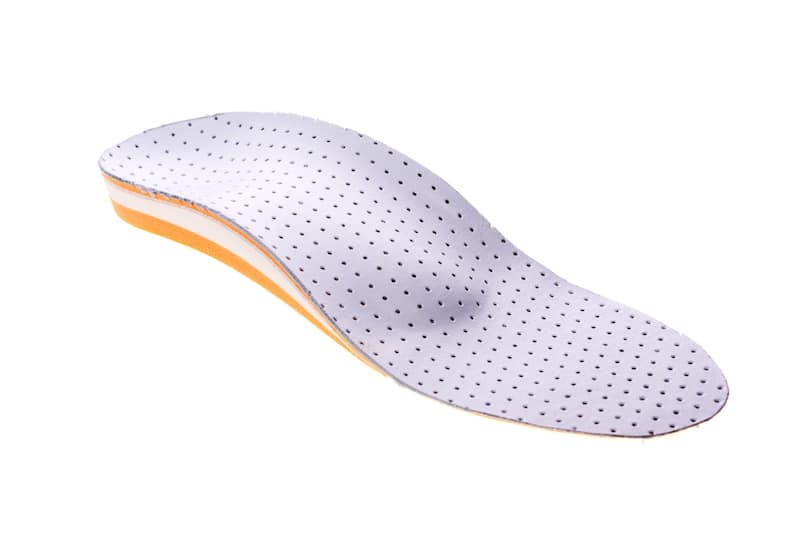Common Mistakes When Dealing with Plantar Fasciitis
Sometimes, what’s even worse than having a problem is not knowing how to deal with it. Is what you’re trying working that well? Is it even working at all? Wait, is it actually making things worse?!
We tend to see this confusion with plantar fasciitis, the strain and inflammation of the thick band of tissue running between the heel bone and the base of the toes.
There’s often a good reason for this. This form of heel pain can have a variety of different sources, and getting to the root of the problem is the best way of getting to the most effective forms of treatment.
So yes, there are many occasions when a patient may have tried one, two, or three ways to relieve their heel pain, only to find they didn’t have much effect. And when they tried a method, they might have made a mistake in its execution.
Not seeing results for your plantar fasciitis can be quite disheartening, and it can be easy to believe that this means nothing is going to help your heel pain. Don’t believe that! There is always something that can help; it just takes the right approach.
Here are some common mistakes people make when trying to treat their plantar fasciitis and heel pain.
Using Ice Improperly
Ice can be an extremely useful tool in easing heel pain, but there is such thing as having too much of it.
Ice should only be applied to an area for 10-20 minutes at a time. This provides maximum benefits of relieving pain and reducing inflammation while not interfering with circulation. You need your blood flow at its peak to continue delivering oxygen and healing factors to injured cells that need it!
Ice should also never be applied directly to the skin. Wrap it in a towel or some other reasonable barrier first, and remove it if it is causing you pain or too much discomfort. You don’t want to try relieving your damaged plantar fascia only to cause more tissue damage on the surface.
If you’re looking for a great method to work ice along your plantar fascia in a way that’s both safer for your skin and encouraging to your circulation, try this: Fill a water bottle about three-quarters of the way with water and freeze. When ready, take it out, set it lengthwise on the floor, and roll it beneath your foot. It feels great!
Using Pain Relievers to Continue Injuring Your Plantar Fascia
Your plantar fascia is hurting for a reason. If you have been engaging in a lot of exercise and physical activity, the source might be pushing your body too far and giving yourself an overuse injury.
Why, then, would you try continuing at the level that led to your injury in the first place?
Some ambitious athletes will take pain-killers or non-steroidal anti-inflammatory drugs (NSAIDs) in order to “push through the pain” and keep up with their routines. This is simply not wise, however.
These medications are not doing anything to guard your plantar fascia against further damage; they are only masking the pain you need to tell when you are doing further damage. The end result is your plantar fasciitis taking even longer to heal, never really healing at all, or even becoming worse.
When the choices come down to temporarily reducing or stopping your workouts, or ignoring your own body’s signals that you’re hurting it, trust us that the former is going to be much more beneficial to your personal goals in the long run.
Not Keeping Up with Long-Term Treatments
When stretching is recommended for plantar fasciitis, it’s not just to feel good. The overall goal is to further condition and build strength within the arch, providing further support for the plantar fascia.
Similarly, custom orthotics are designed to provide additional support and movement correction in the foot, shifting and reducing forces that can lead to excess strain on the plantar fascia.
Engaging in these methods regularly, as recommended, can provide significant help for plantar fasciitis over time—but only if you stick with them properly.
Conservative forms of treatment can work in many cases, but it’s best to keep in mind that the results may not be immediate. The plantar fascia itself still needs time to heal, so stick to the plan.
The Worst Mistake? Giving Up
Heel pain is never something you just have to bear with for the rest of your life. There are always ways to help relieve or entirely eliminate the discomfort altogether—it just takes an understanding of the root causes of your condition.
From conservative treatments such as orthotics and physical therapy, to more advanced treatments such as Clarix Flo regenerative therapy, Omega Medical Group has the best recovery methods for each patient’s specific problem and needs.
Remember that the sooner the underlying cause of heel pain is diagnosed, the sooner treatment on it can begin, often helping to prevent extended recovery times and complications that might result from letting the problem remain unaddressed. If your attempts at relieving pain at home have not helped, do not wait any longer to get a professional examination!
Our offices in Miami and Miami Shores are always happily accepting new patients. Give us a call at (305) 514-0404 to schedule an appointment. If you prefer to contact us electronically, please feel free to fill out our online contact form instead and a member of our staff will respond to you.


